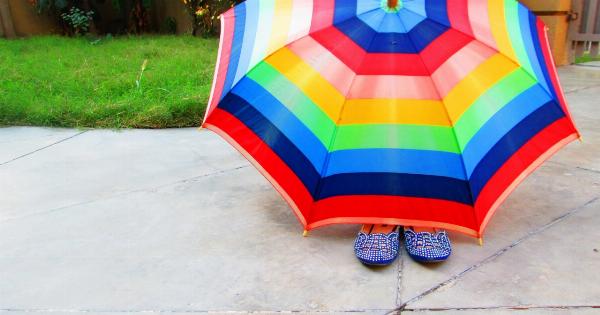Sunscreen is an essential item in every household, especially during summers. It protects our skin from the harmful effects of ultraviolet (UV) radiation, which can lead to skin cancers, sunburns, and premature ageing.
However, there are several misconceptions about sunscreen that can lead to improper use, ineffective protection, or even harm. In this article, we will debunk three common myths associated with sunscreen and provide factual information to help you make informed decisions.
Myth #1: Sunscreen is only necessary during sunny days
Many people assume that sunscreen is only needed when the sun is shining bright and hot, or when they go to the beach or pool. However, UV radiation is present all year, even on cloudy or overcast days.
According to the American Academy of Dermatology (AAD), up to 80% of the sun’s UV rays can penetrate clouds, which means that even if it’s not sunny, you can still get sunburned or damage your skin. Moreover, UV radiation can reflect off surfaces such as snow, sand, water, or concrete, which can increase your exposure.
That’s why you should wear sunscreen daily, even if you stay indoors or in the shade, and reapply it every two hours, or after swimming, sweating, or towel-drying.
Myth #2: All sunscreens are the same
Another myth about sunscreen is that all sunscreens are equivalent, and choosing any of them will do the job. However, that’s not true. Sunscreens can differ in many aspects, such as:.
- Sun protection factor (SPF) – which measures how well the sunscreen protects against UVB radiation, the type that causes sunburn and skin cancer. The higher the SPF, the more protection, but there’s a limit to each increment. For example, SPF 15 blocks 93% of UVB rays, SPF 30 blocks 97%, and SPF 50 blocks 98%. Beyond SPF 50, the difference is marginal.
- Broad-spectrum – which means the sunscreen protects against both UVB and UVA radiation, the type that penetrates deeper into the skin and causes ageing and DNA damage. Look for the words “broad-spectrum” on the label.
- Water resistance – which indicates how long the sunscreen stays effective while swimming or sweating. Sunscreens can be water-resistant for 40 or 80 minutes, but they still need to be reapplied as soon as you towel-dry or rub them off.
- Formulation – which can be lotion, cream, gel, spray, stick, or powder, and may have different textures, finishes, or fragrances. Choose a formulation that suits your skin type, lifestyle, and preferences.
Therefore, it’s essential to read the label of the sunscreen before buying it, and choose one that fits your needs and preferences.
Don’t assume that all sunscreens are the same, or that the ones with higher SPF provide better protection against UVA radiation.
Myth #3: Sunscreen is the only protection you need
While sunscreen is an essential part of sun protection, it’s not the only one. Sunscreen alone cannot block all UV radiation, especially if applied improperly or in insufficient amounts.
Moreover, some people may not tolerate sunscreen due to allergic reactions, skin sensitivity, or other health conditions. That’s why it’s important to take other measures to avoid UV exposure, such as:.
- Avoiding peak sun hours – which are between 10 AM and 4 PM, when the sun’s rays are the strongest.
- Wearing protective clothing – such as long-sleeved shirts, hats, and sunglasses.
- Staying in the shade – especially during peak sun hours.
- Using umbrella or tent – to create additional shade.
By combining these measures with sunscreen, you can reduce your risk of sunburn, skin cancer, and premature ageing.
Conclusion
Sunscreen is a crucial tool for protecting our skin from the harmful effects of UV radiation, which can cause skin cancer, sunburns, and premature ageing.
However, there are several misconceptions about sunscreen that can hinder its effectiveness or safety. By debunking these myths and providing accurate information, we hope that you can make informed decisions about sun protection and enjoy the sun safely.



























